Home>Interior Design>Can You Put Aluminum Foil In The Microwave? This Expert Warning May Surprise You
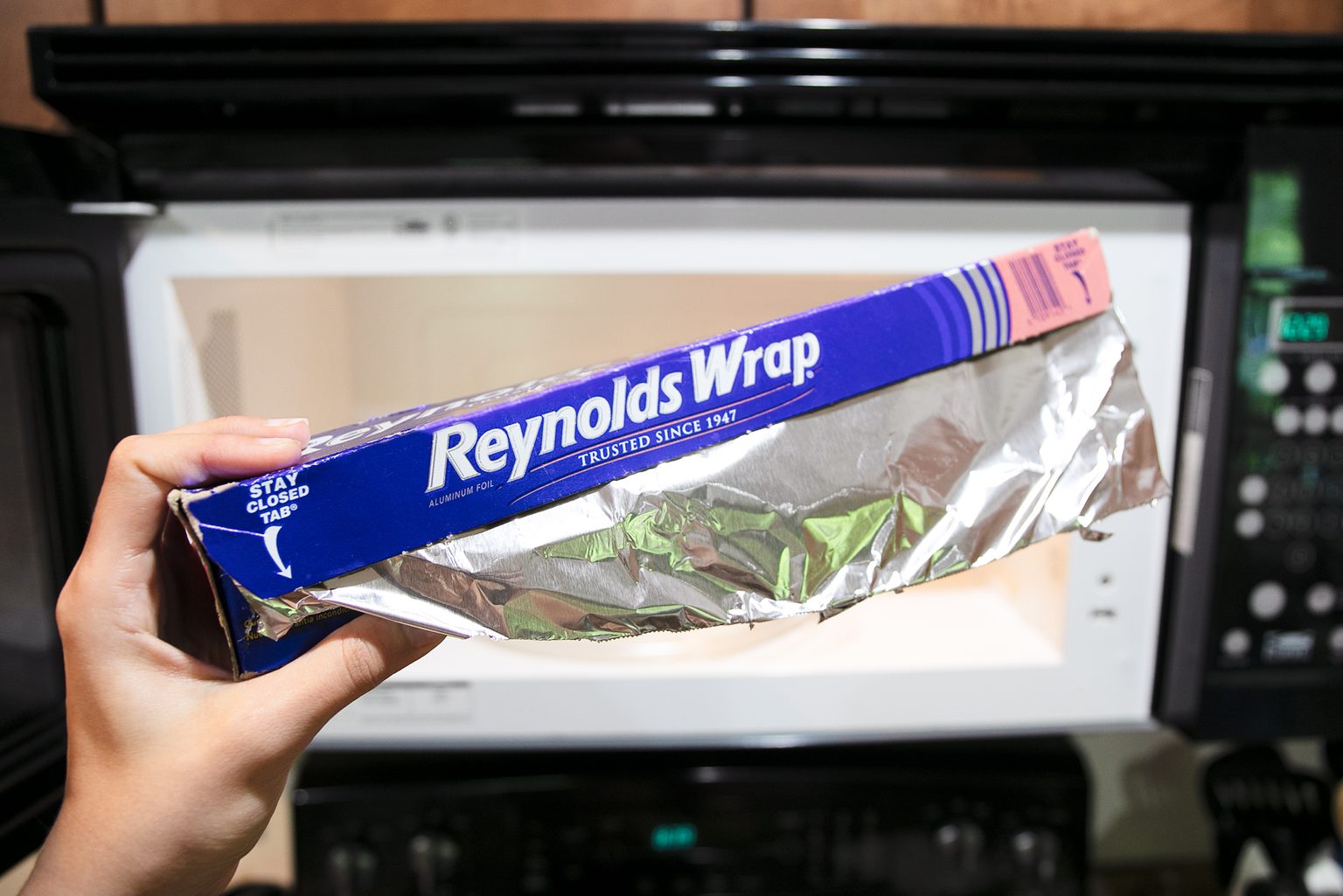

Interior Design
Can You Put Aluminum Foil In The Microwave? This Expert Warning May Surprise You
Modified: December 7, 2023
Discover the surprising expert warning about using aluminum foil in the microwave. Learn more about interior design and its impact on your kitchen safety.
(Many of the links in this article redirect to a specific reviewed product. Your purchase of these products through affiliate links helps to generate commission for Storables.com, at no extra cost. Learn more)
Introduction
When it comes to using our microwaves, we often rely on aluminum foil to cover dishes or wrap food for reheating purposes. It seems like a convenient and harmless practice, as aluminum foil has become a staple in our kitchens. However, there is a surprising warning from experts that may change the way we view this common kitchen item. In this article, we will delve into the properties of aluminum foil, how microwaves work, and the potential dangers of using aluminum foil in the microwave.
Key Takeaways:
- Using aluminum foil in the microwave poses significant risks, including fire hazards, electrical sparking, and potential health concerns. Expert warnings advise against this practice, urging the use of safer alternatives for microwave cooking and food storage.
- Microwave-safe materials such as glass, ceramic, and microwave-safe plastic offer safe alternatives to aluminum foil for covering dishes and reheating food. Prioritizing safety in the kitchen is essential for enjoying the convenience of microwave cooking without compromising well-being.
The Properties of Aluminum Foil
Aluminum foil is a thin, flexible sheet made from aluminum metal. It is commonly used for food storage, cooking, and wrapping due to its unique properties.
One of the key properties of aluminum foil is its high thermal conductivity. This means that it is an excellent conductor of heat, allowing food to heat up quickly and evenly. Additionally, aluminum foil has a low melting point, which means it can withstand high temperatures without deforming or melting.
Another important property of aluminum foil is its ability to create a barrier against moisture and air. This helps to prevent food from drying out, keeping it fresh and maintaining its taste and texture.
Furthermore, aluminum foil is highly malleable, which means it can be easily shaped and folded to fit various containers and cover dishes of different sizes. It is also lightweight and easy to handle, making it a convenient choice for everyday use in the kitchen.
Due to these properties, aluminum foil has become a popular choice for wrapping, storing, and cooking food. However, it is important to note that these properties can pose potential risks when used in certain situations, such as in the microwave.
How Microwaves Work
To understand the potential dangers of using aluminum foil in the microwave, it is essential to grasp the basic principles of microwave cooking.
Microwaves are a form of electromagnetic radiation with wavelengths between radio waves and infrared radiation. Microwave ovens generate electromagnetic waves at a specific frequency (usually 2.45 gigahertz) that excite water, fat, and sugar molecules present in food.
When microwaves enter the oven, they pass through the food and cause the water molecules to vibrate rapidly. This agitation generates heat, which then cooks or reheats the food. The heat produced by microwaves is evenly distributed throughout the food, resulting in faster cooking times compared to traditional methods.
However, it is important to note that microwaves interact differently with various materials. While they easily penetrate glass, plastic, and ceramic, they can be reflected or absorbed by metals.
When metal objects, such as aluminum foil, are placed inside a microwave oven, the microwaves cannot pass through them. Instead, they are reflected back and forth between the metal surface and the inside walls of the oven. This can lead to a phenomenon known as “arcing,” where electrical sparks are produced, posing a fire hazard and potentially damaging the microwave oven.
Furthermore, the high conductivity of aluminum foil can cause it to become extremely hot when exposed to microwaves, increasing the risk of burns and potentially melting or causing fires.
Now that we understand how microwaves interact with different materials, we can explore whether it is safe to use aluminum foil in the microwave.
Can Aluminum Foil Be Used in the Microwave?
While aluminum foil has many useful properties, it is important to note that it should not be used in the microwave. There are several reasons why this is the case.
Firstly, as mentioned earlier, microwaves cannot penetrate or pass through metal, including aluminum foil. When aluminum foil is placed in the microwave, it reflects the microwaves back and forth, which can lead to a build-up of electrical energy and potential arcing. This can cause sparks, fire hazards, and damage to the microwave oven itself.
Secondly, the high conductivity of aluminum causes it to quickly reach high temperatures when exposed to microwaves. This can result in burns if you come into contact with the hot foil or if it comes into contact with other parts of the microwave.
Additionally, there is a risk of the aluminum foil melting or catching fire when used in the microwave. If the foil becomes too hot, it can ignite or release molten aluminum, posing a significant fire hazard.
Furthermore, using aluminum foil in the microwave can negatively impact the performance and efficiency of the oven. The reflected microwaves can disrupt the even distribution of heat, which can lead to uneven cooking or heating of your food.
Considering these potential dangers and risks, it is strongly advised against using aluminum foil in the microwave. Instead, it is important to find safer alternatives for your microwave cooking and heating needs.
Study Findings and Expert Warnings
Several studies have been conducted to assess the safety of using aluminum foil in the microwave. These findings, along with expert warnings, strongly recommend against using aluminum foil in microwaves due to the potential risks involved.
One study published in the journal Food Control found that using aluminum foil in the microwave can cause a significant increase in the aluminum content of food. The higher levels of aluminum can leach into the food, especially if it is acidic or salty, posing a potential health risk.
Another study published in the Journal of Food Science examined the effects of aluminum foil on the texture and quality of food when used in the microwave. The study found that using aluminum foil can lead to uneven heating, resulting in hot spots in the food and potential microbial growth, which can cause foodborne illnesses.
Based on the findings of these studies and the potential dangers associated with using aluminum foil in the microwave, experts strongly advise against this practice.
The United States Department of Agriculture (USDA) cautions against using aluminum foil in the microwave. They suggest using microwave-safe materials, such as glass or ceramic, for covering or wrapping food to ensure a safe and even cooking process.
Similarly, the Canadian Food Inspection Agency (CFIA) also warns against using aluminum foil in the microwave due to the risk of fire hazards and the potential transfer of aluminum to food.
Leading experts in the field of food safety and microwave technology, such as the International Microwave Power Institute (IMPI), recommend avoiding the use of aluminum foil in the microwave completely. They advocate for using microwave-safe containers and covers to ensure safe and efficient cooking.
With the abundance of research findings and expert warnings, it is clear that the dangers and risks associated with using aluminum foil in the microwave should not be taken lightly. It is crucial to prioritize safety and follow expert guidelines when it comes to using our microwaves.
Alternatives to Using Aluminum Foil in the Microwave
If you are looking for alternatives to using aluminum foil in the microwave, there are several safer options available that can still help you with your cooking, heating, and food storage needs.
Covering Dishes
Instead of using aluminum foil, you can use microwave-safe lids or covers made of glass, ceramic, or microwave-safe plastic. These covers are designed to allow venting and prevent splatters while ensuring safe and even cooking.
Microwave-Safe Containers
Opt for microwave-safe containers made of glass or ceramic for reheating and cooking in the microwave. These materials are non-reactive and do not pose the same risks as aluminum foil. Ensure that the containers are labeled as microwave-safe before using them.
Paper Towels or Microwave-Safe Wax Paper
If you need to prevent splatters or retain moisture while heating food in the microwave, you can place a microwave-safe paper towel or a microwave-safe wax paper cover over the dish. These options provide a barrier without the potential dangers associated with aluminum foil.
Silicone Lids or Covers
Silicone lids or covers are another great alternative to aluminum foil. These flexible and heat-resistant covers can be stretched over bowls or containers to keep food moist and prevent splatters.
Microwave-Safe Plastic Wrap
If you prefer a cling wrap option, look for microwave-safe plastic wrap. These wraps are specially designed for microwave use and are manufactured to withstand the heat produced by microwaves.
Storing Food
For food storage, it is advisable to transfer leftovers to microwave-safe containers with airtight lids. This ensures the food stays fresh and avoids any potential migration of harmful substances from improper containers.
By opting for these alternative materials and methods, you can still enjoy the convenience of the microwave while prioritizing safety and minimizing the risks associated with using aluminum foil.
Conclusion
In conclusion, it is crucial to heed the expert warning against using aluminum foil in the microwave. While aluminum foil possesses many useful properties for food storage and cooking, it poses significant risks when exposed to the intense heat and electromagnetic waves generated by microwave ovens.
The properties of aluminum foil, such as its high thermal conductivity and reflectivity, can lead to fire hazards, electrical sparking, and uneven heating. Additionally, aluminum can potentially leach into food, posing health risks if consumed in excess.
Various studies have been conducted to highlight these risks, and experts from organizations like the USDA, CFIA, and IMPI strongly advise against using aluminum foil in the microwave. Instead, they recommend using microwave-safe materials such as glass, ceramic, or microwave-safe plastic for covering dishes and reheating food.
By following these expert guidelines, we can ensure our safety and the efficient functioning of our microwave ovens. It is essential to prioritize safety in the kitchen and choose suitable alternatives that do not pose the same risks as aluminum foil.
Remember to use microwave-safe lids or covers, microwave-safe containers, paper towels, microwave-safe wax paper, silicone lids or covers, or microwave-safe plastic wrap as alternatives for covering dishes and storing food in the microwave. These options provide convenience without compromising safety or risking potential hazards.
By being informed about the potential dangers associated with using aluminum foil in the microwave and adopting safer alternatives, we can continue to enjoy the benefits and convenience of microwave cooking while ensuring our well-being.
Let’s listen to the experts, follow their guidance, and make safer choices in our kitchen practices to keep ourselves and our household safe.
Frequently Asked Questions about Can You Put Aluminum Foil In The Microwave? This Expert Warning May Surprise You
Was this page helpful?
At Storables.com, we guarantee accurate and reliable information. Our content, validated by Expert Board Contributors, is crafted following stringent Editorial Policies. We're committed to providing you with well-researched, expert-backed insights for all your informational needs.
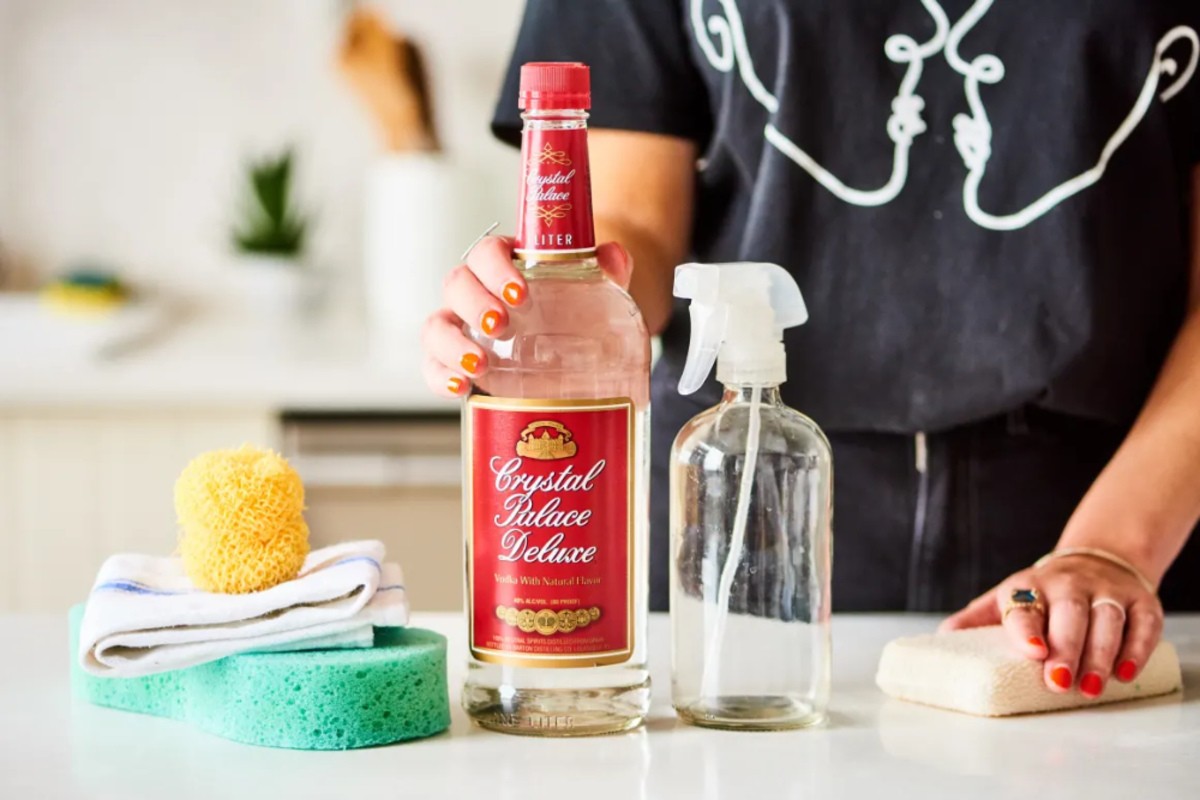
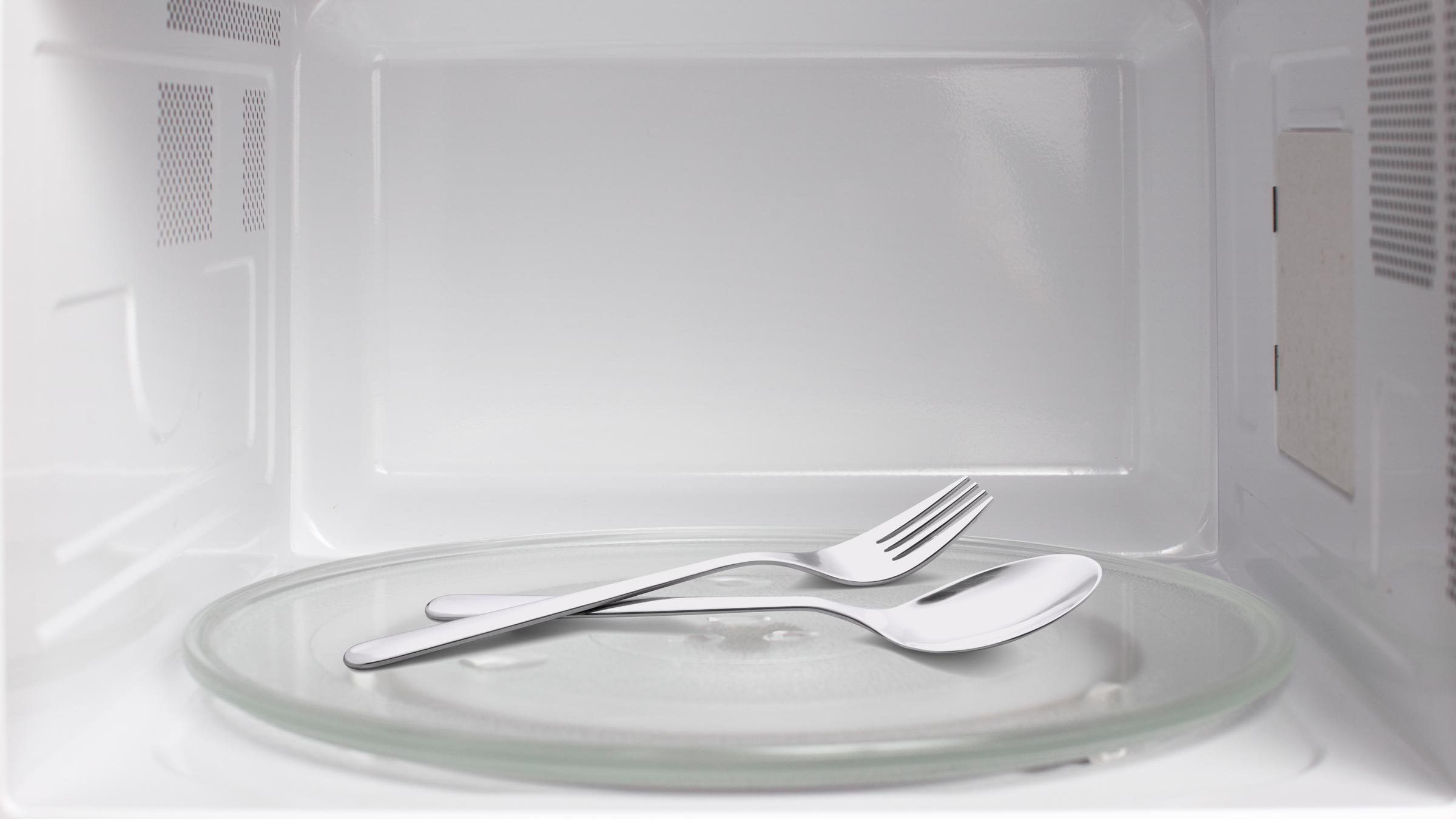
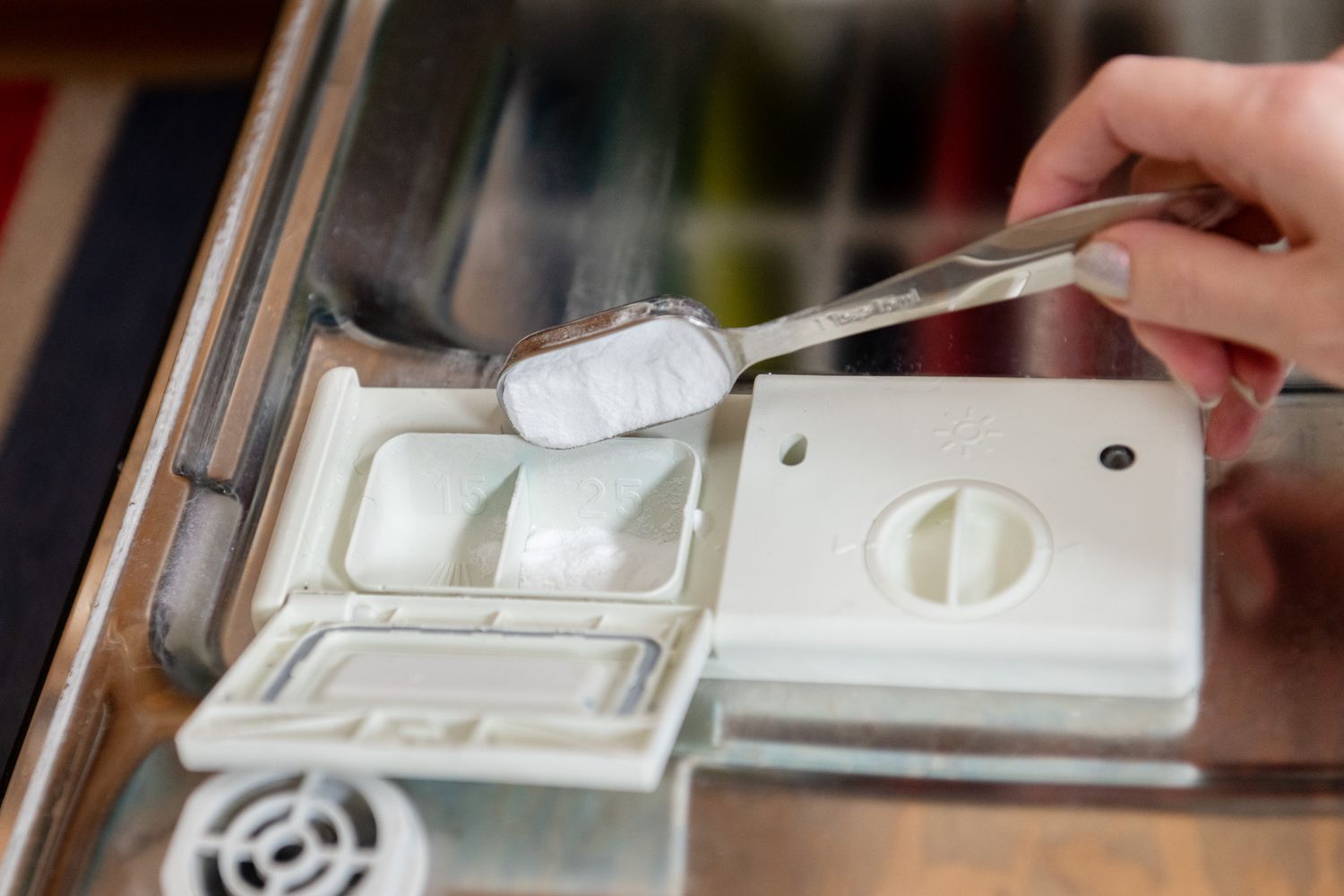
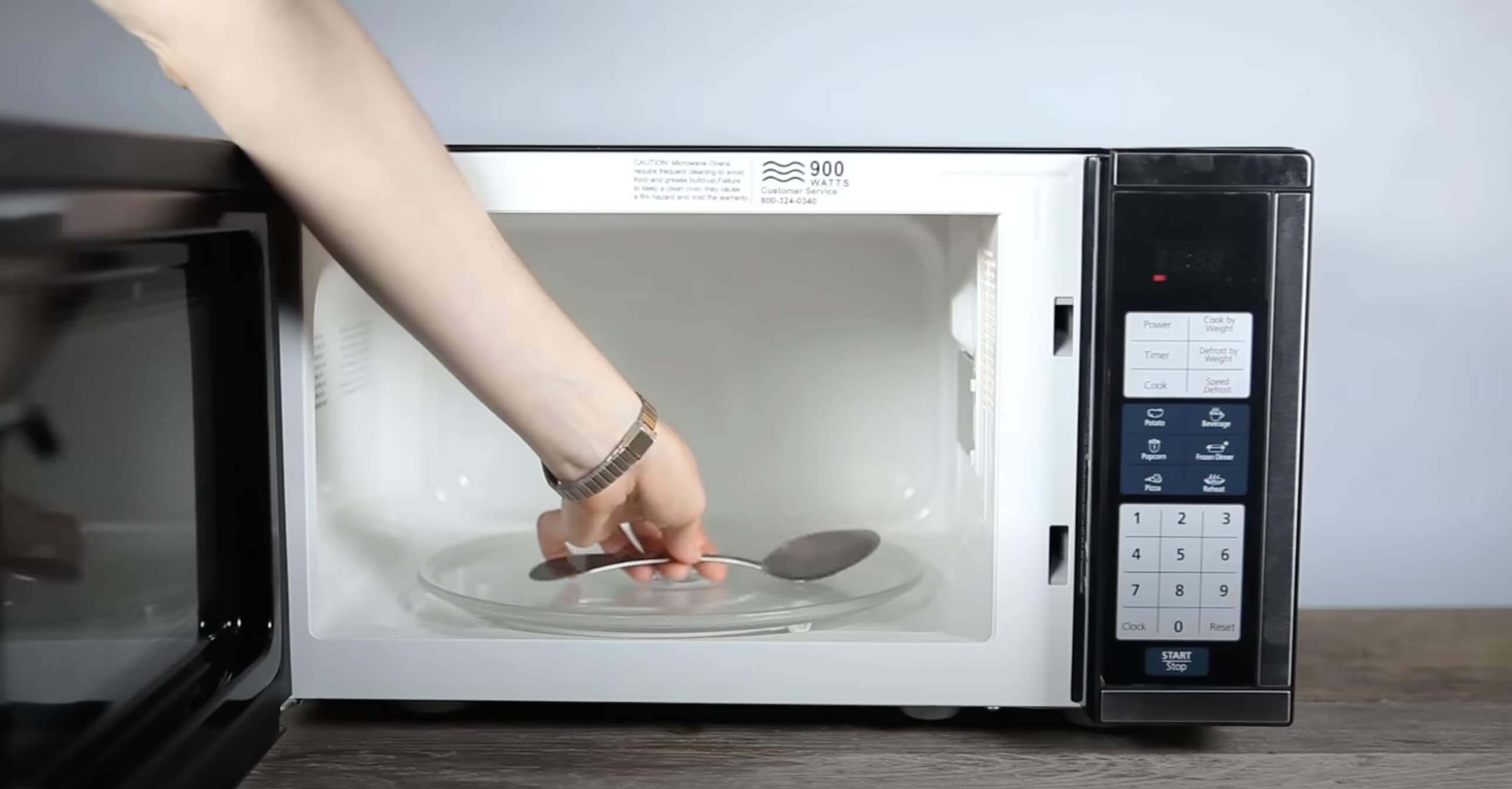
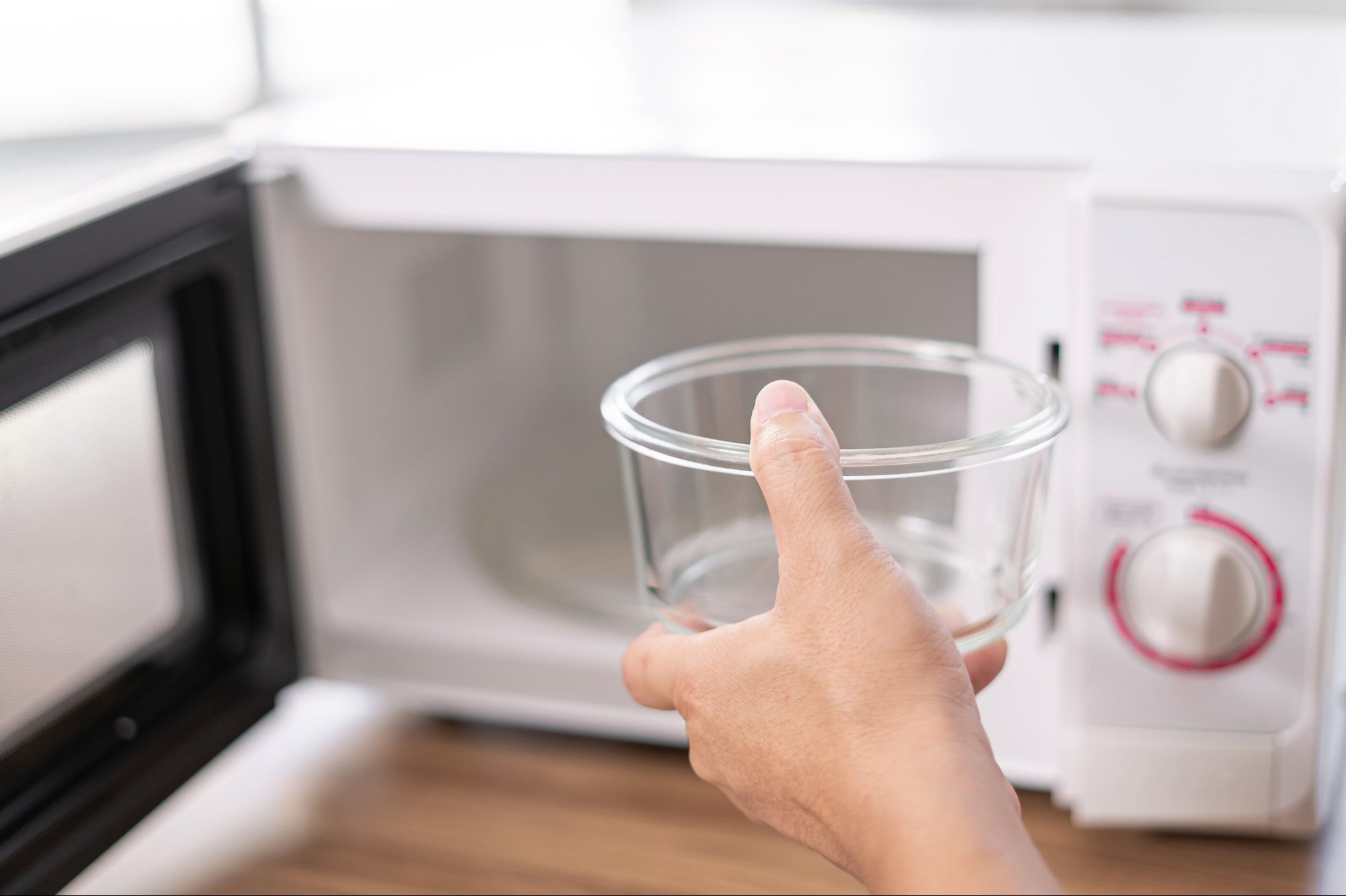
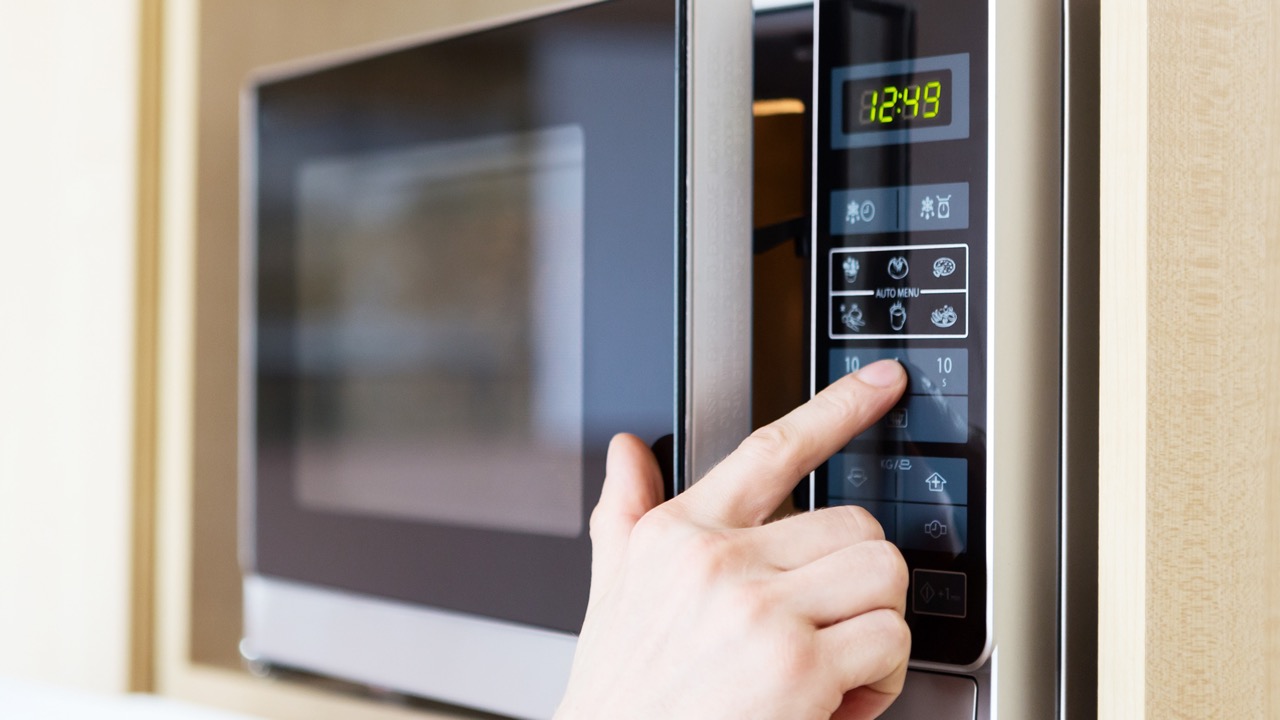
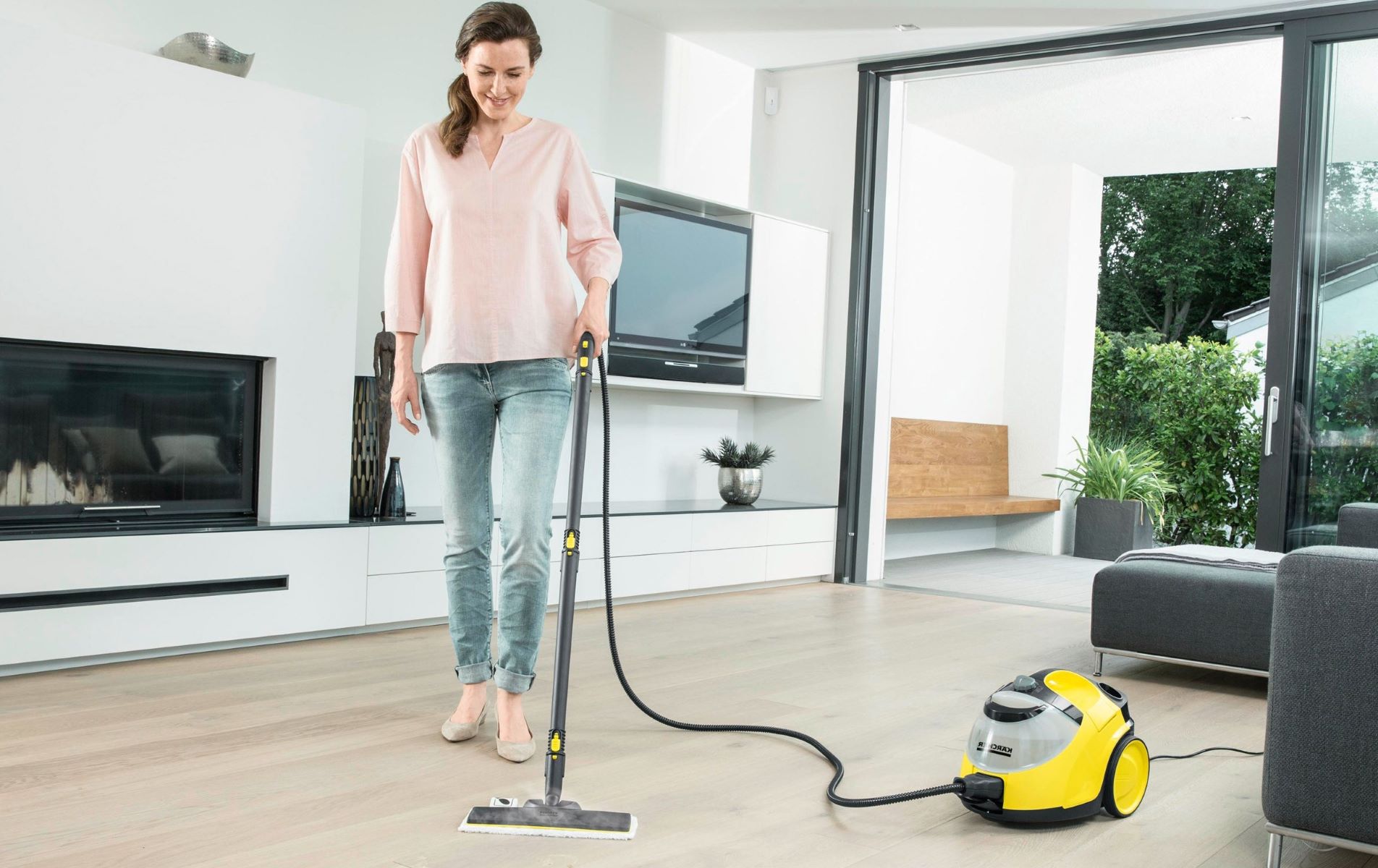
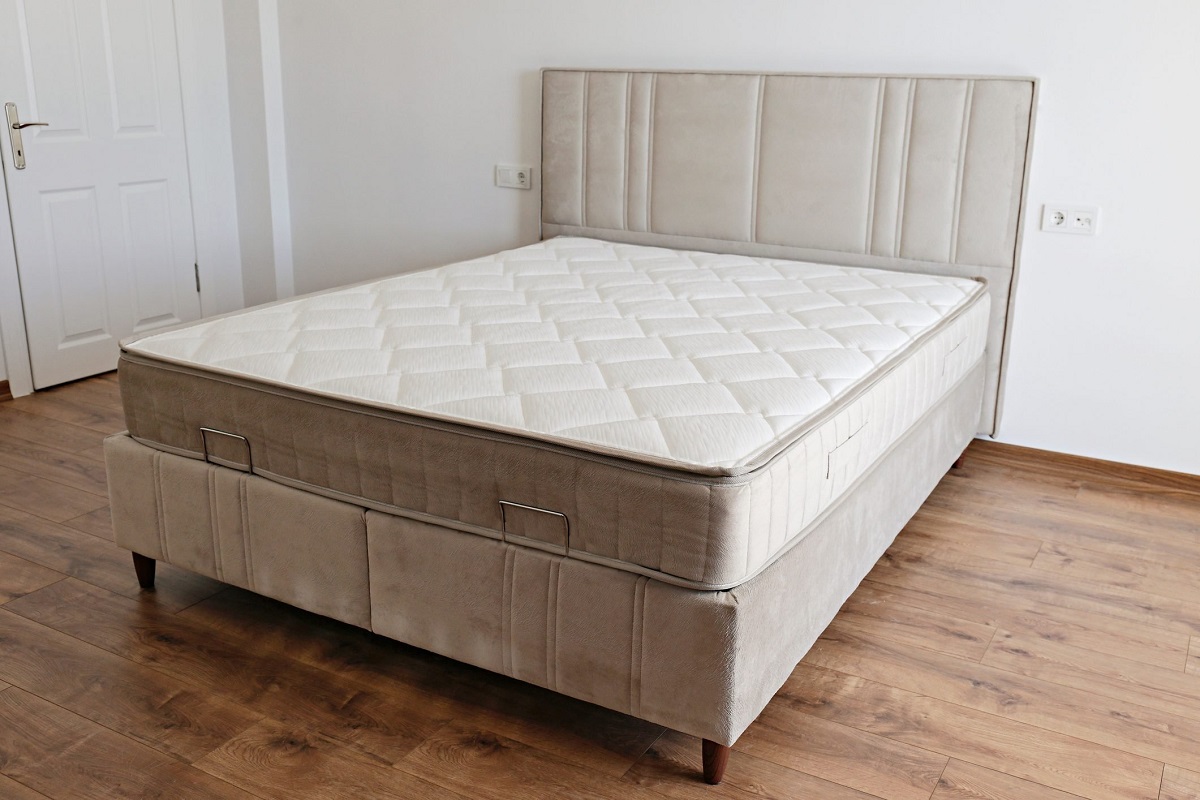
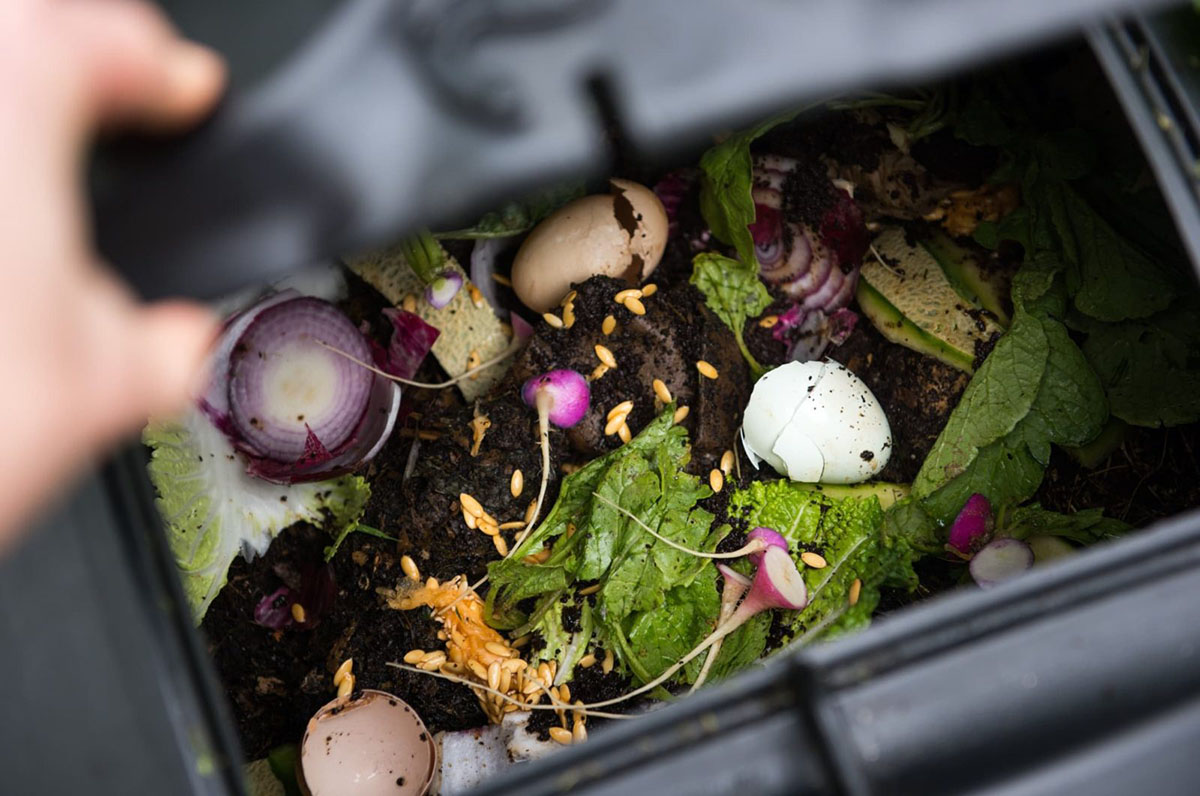
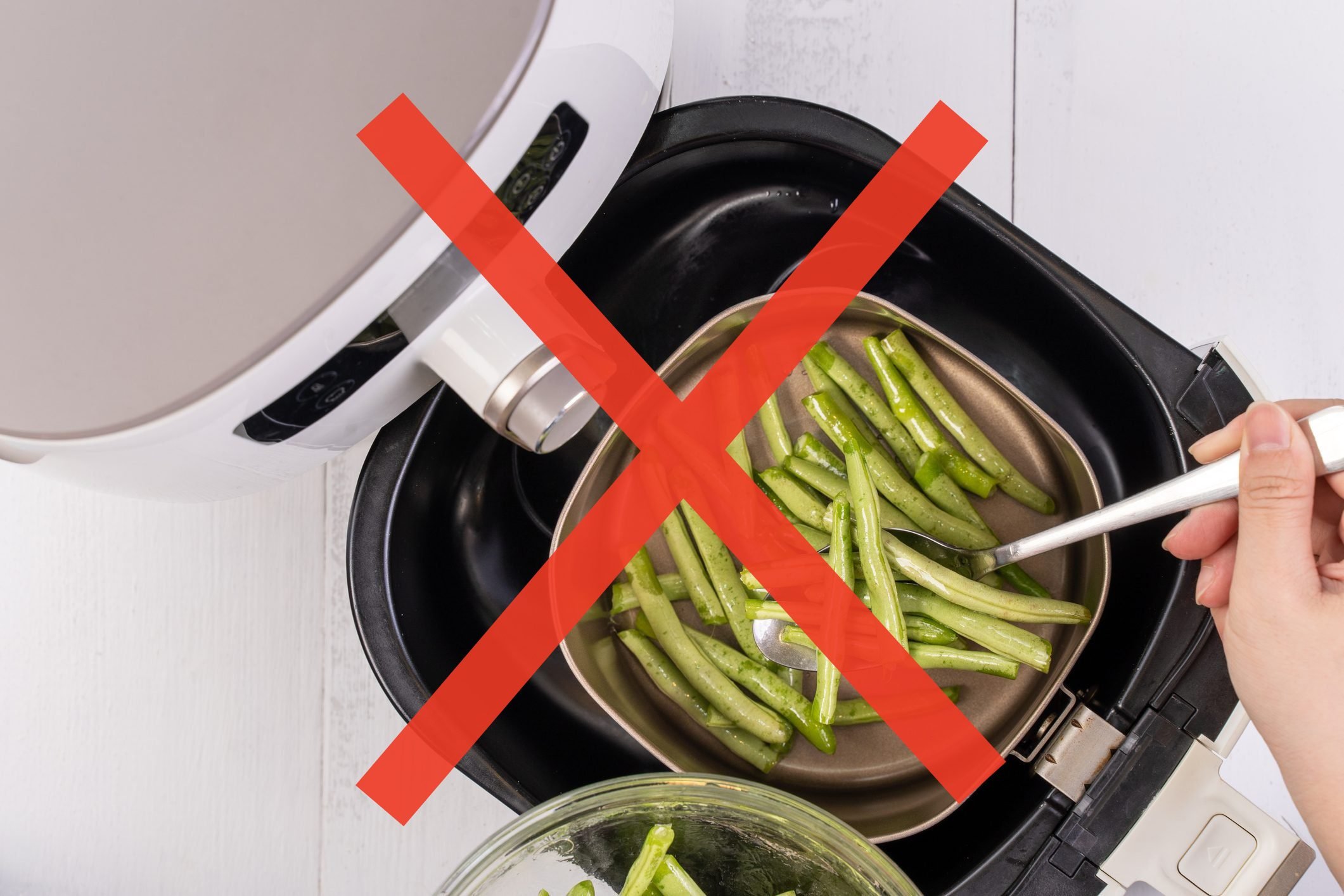
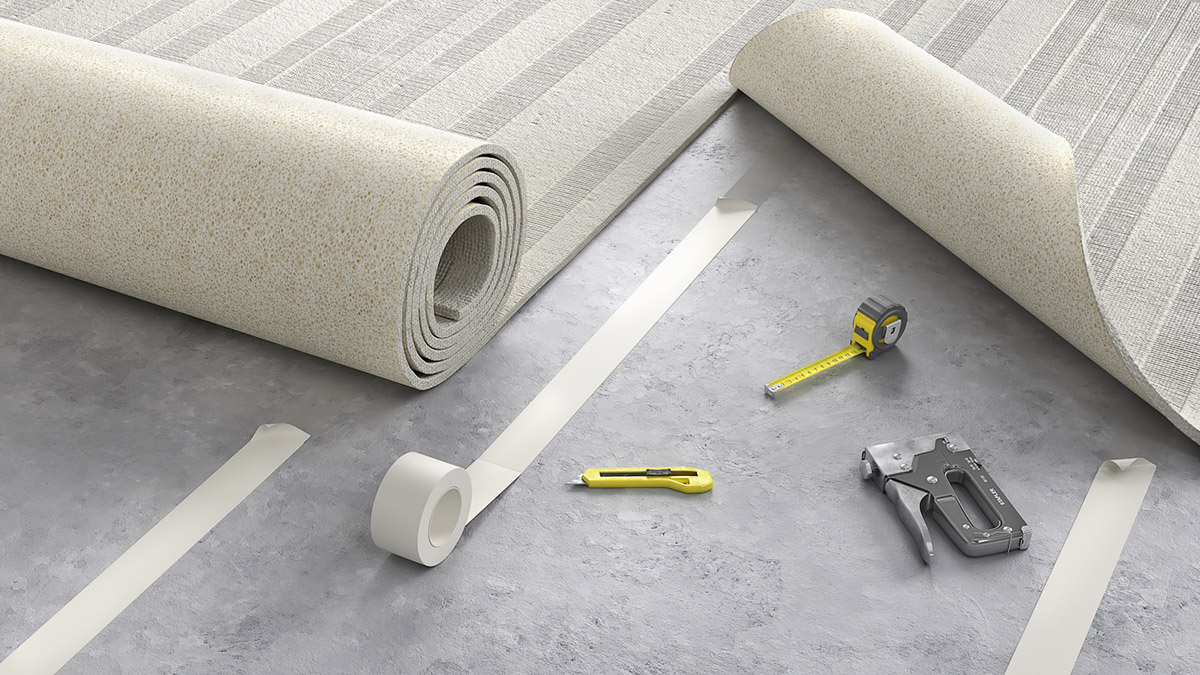
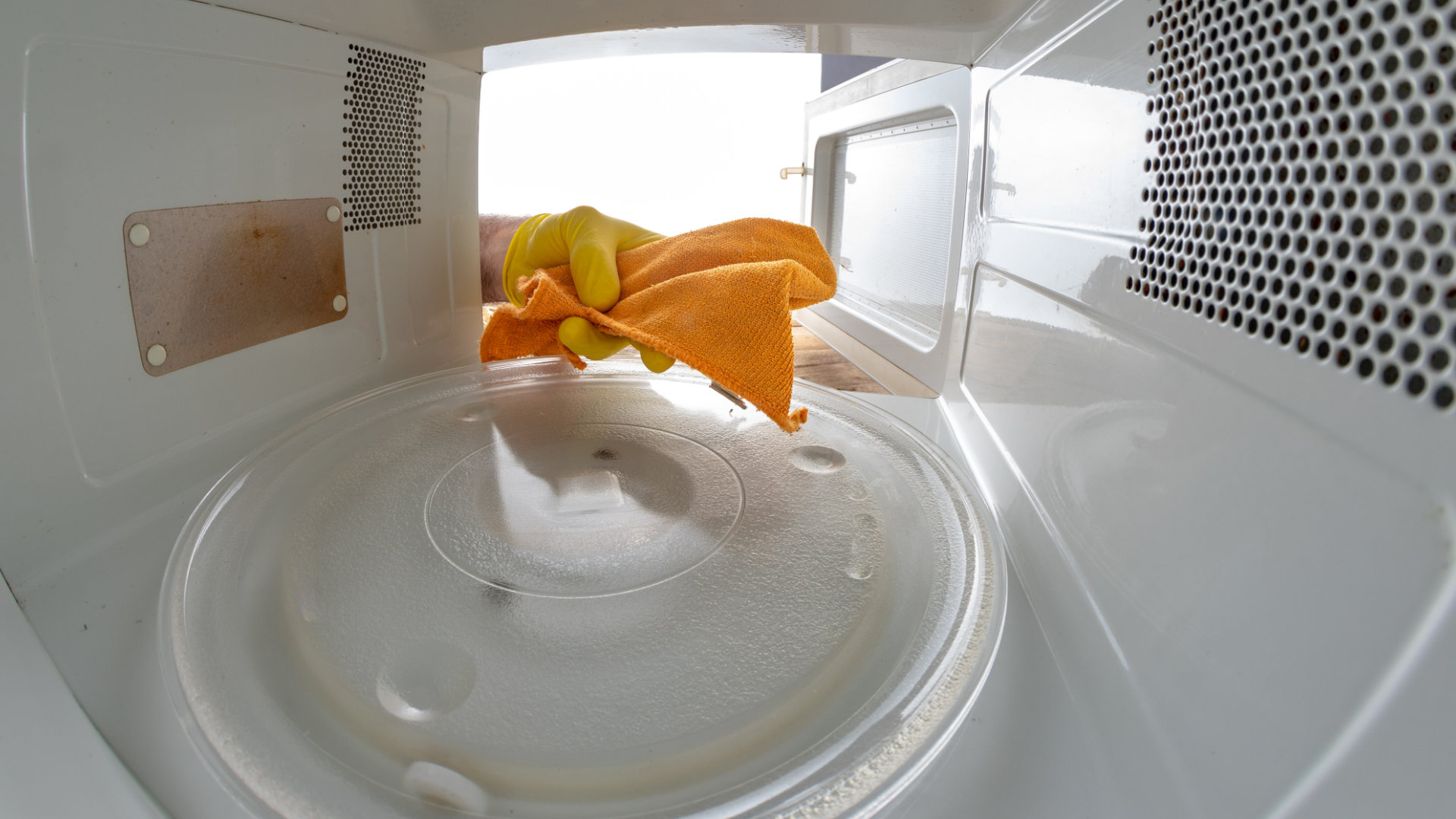


0 thoughts on “Can You Put Aluminum Foil In The Microwave? This Expert Warning May Surprise You”